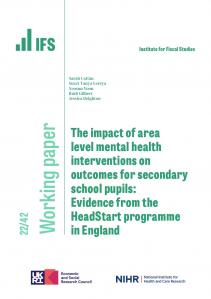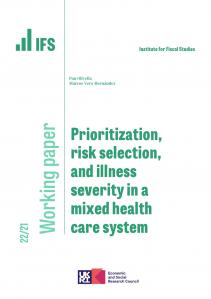Collection
IFS Post-Budget Analysis
Chancellor George Osborne delivered the first Budget from a Conservative government for almost 19 years on 8 July 2015. The Institute for Fiscal Studies presented its analysis of the Summer Budget on the following day.
Presentations from the briefing can be downloaded from the following links:
- Paul Johnson: Opening remarks
- Rowena Crawford: The Summer Budget: Taxes up, borrowing up, departmental spending up
- Stuart Adam: Tax measures
- Andrew Hood: Benefit changes and distributional analysis
Analysis of the new ‘National Living Wage’ as potential compensation for tax and benefit changes
An IFS Briefing Note, prepared for the House of Commons Treasury Select Committee and published on 9 September, documents the estimated distributional impact of the tax and benefit changes that have been announced for implementation in the current parliament. It then considers the extent to which households might expect the net losses from these changes to be offset through increased wages as a result of the large increase in the minimum wage for those aged 25 and over that was announced in the July 2015 Budget. A press release on 9 September summarised the main findings.
Changes to student finance announced in the Summer Budget
Two major changes to student finance were proposed in the Budget. The replacement of maintenance grants by loans from 2016–17 will raise debt for the poorest students, but do little to improve government finances in the long run. The proposed freezing of the repayment threshold for loans, on the other hand, will – if implemented – significantly improve government finances because it will result in an increase in graduate repayments.
These are the main findings of a briefing note published on 21 July by the Institute for Fiscal Studies, along with an accompanying press release, with funding from the Economic and Social Research Council.
Getting off the rollercoaster
An Observation article published on 15 July summarised what the Summer Budget had to say on the public finances. Gemma Tetlow explains that the government announced a package of tax measures raising in excess of £5 billion a year. But there were also significant changes to public spending – with new cuts to social security spending but a reduction in the planned cuts to spending on public services. Overall the effect of the measures announced in the Summer Budget was to slow the pace of fiscal consolidation over the next three years but to increase the size of the eventual medium-term tightening.








